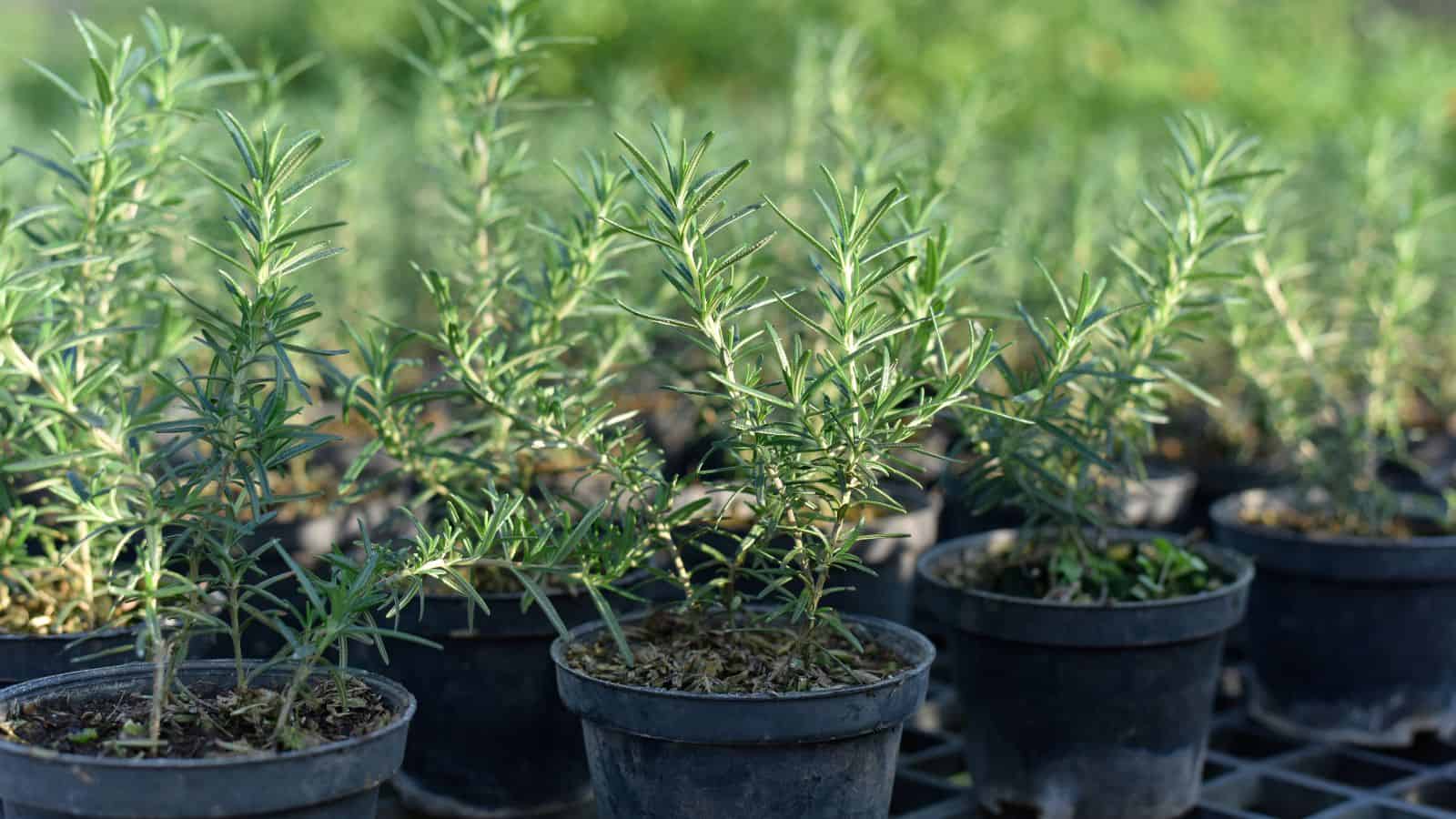Designing a drought-resistant landscape is essential for conserving water and creating a resilient garden that can thrive even in dry conditions. Here are eight tips to help you create a drought-resistant landscape.

Choose Drought-Tolerant Plants
Selecting the right plants is crucial for a drought-resistant garden. Opt for drought-tolerant plants that can survive with minimal water. Native plants are often the best choice, as they are adapted to local climate conditions. Succulents, lavender, and ornamental grasses are excellent options for a water-wise garden.
Group Plants by Water Needs
Grouping plants with similar water needs together can help you manage irrigation more efficiently. By creating hydrozones, you ensure that plants receive the appropriate amount of water without overwatering or underwatering. This practice also makes it easier to set up irrigation systems tailored to each zone’s needs.
Use Mulch
Applying a layer of mulch around your plants helps retain soil moisture, reduce evaporation, and suppress weeds. Organic mulches, such as wood chips, straw, or compost, also improve soil health as they decompose. Ensure that the mulch layer is thick enough (about 2-4 inches) to provide effective moisture retention.
Install Efficient Irrigation Systems
Investing in an efficient irrigation system, such as drip irrigation or soaker hoses, can significantly reduce water usage. These systems deliver water directly to the plant roots, minimizing evaporation and runoff. Additionally, consider installing a rain sensor or a smart irrigation controller to adjust watering schedules based on weather conditions.
Reduce Lawn Areas
Traditional lawns require a significant amount of water to stay green and healthy. Consider reducing the size of your lawn or replacing it with drought-tolerant ground covers, ornamental grasses, or native plants. If you keep a lawn, choose drought-resistant grass varieties that require less water.
Collect and Use Rainwater
Harvesting rainwater is an excellent way to conserve water and reduce your dependence on municipal supplies. Install rain barrels or cisterns to collect and store rainwater from your roof. Use this water to irrigate your garden during dry periods. Rainwater is also free of chemicals commonly found in tap water, making it ideal for plants.
Improve Soil Quality
Healthy soil retains moisture better and supports plant growth. Incorporate organic matter, such as compost or well-rotted manure, into your soil to improve its structure and water-holding capacity. Well-aerated soil with good drainage prevents waterlogging and encourages deep root growth, which is essential for drought resistance.
Use Hardscaping Wisely
Incorporating hardscaping elements, such as patios, pathways, and gravel beds, can reduce the amount of water needed for your landscape. These features provide structure and visual interest without requiring irrigation. Choose permeable materials that allow rainwater to infiltrate the soil, reducing runoff and promoting groundwater recharge.
By following these tips, you can design a drought-resistant landscape that conserves water, supports plant health, and remains beautiful even during dry periods. A well-planned drought-resistant garden is both sustainable and low-maintenance, providing you with an attractive and resilient outdoor space.
